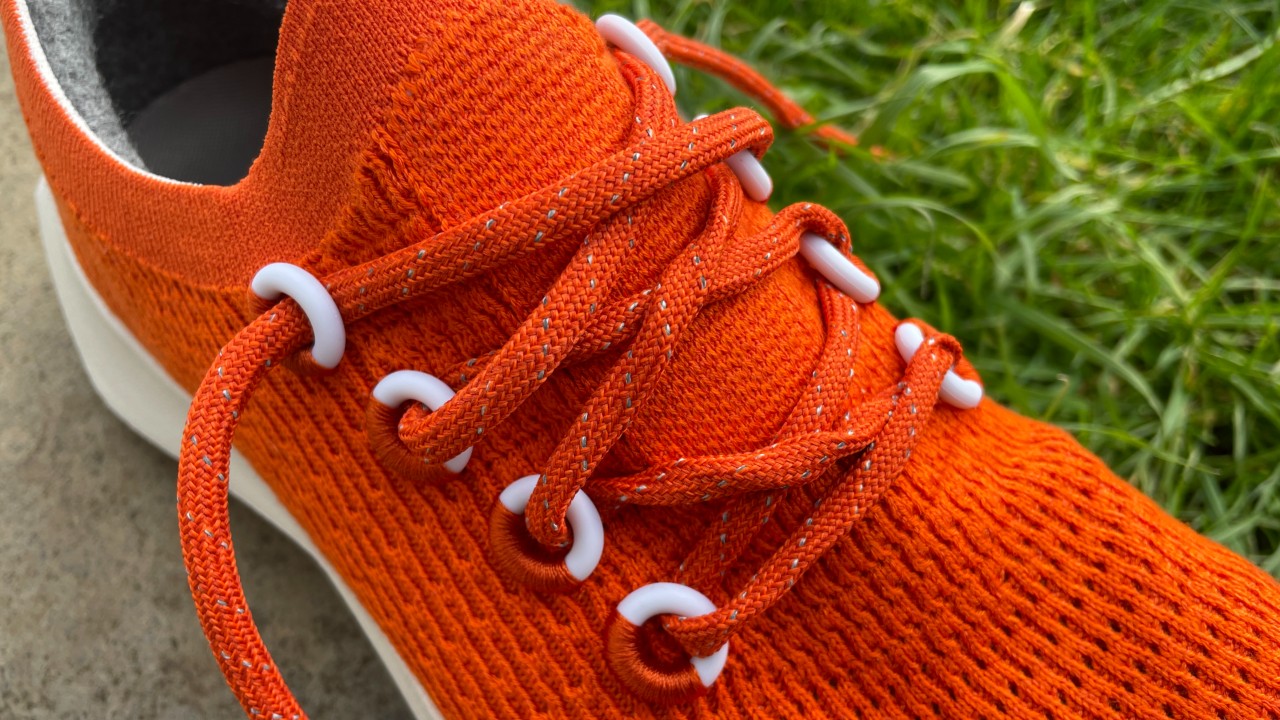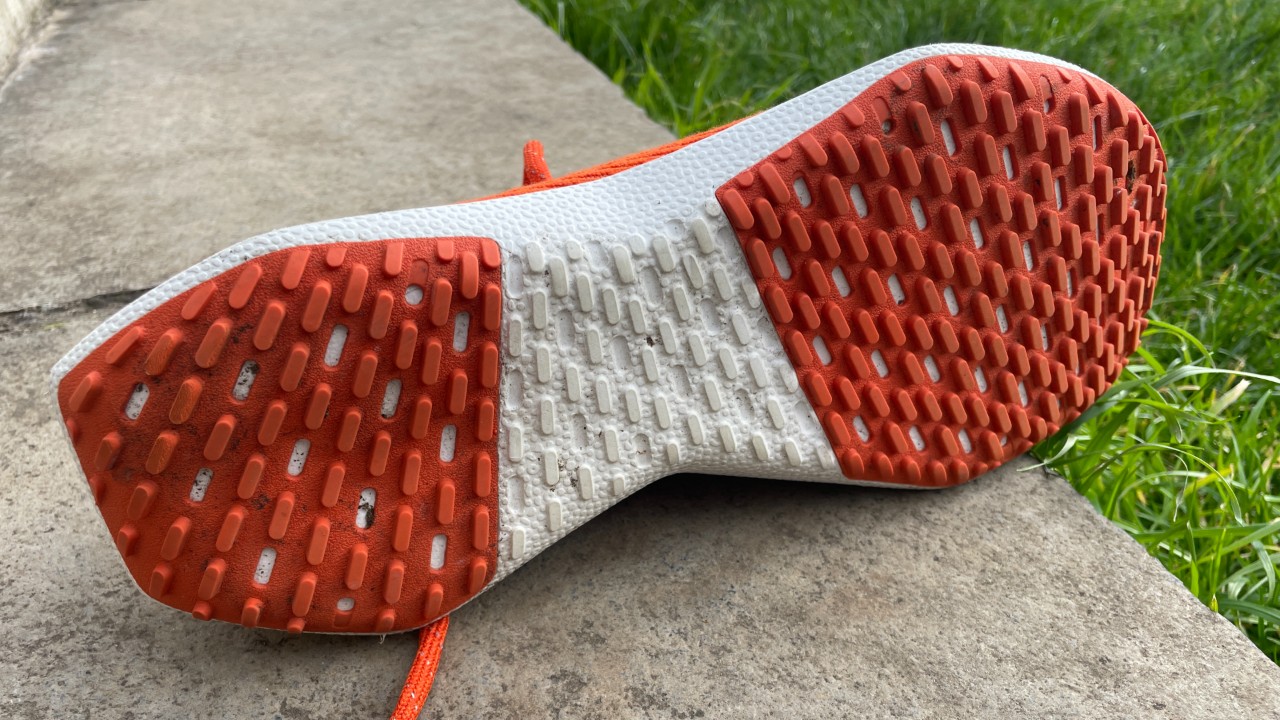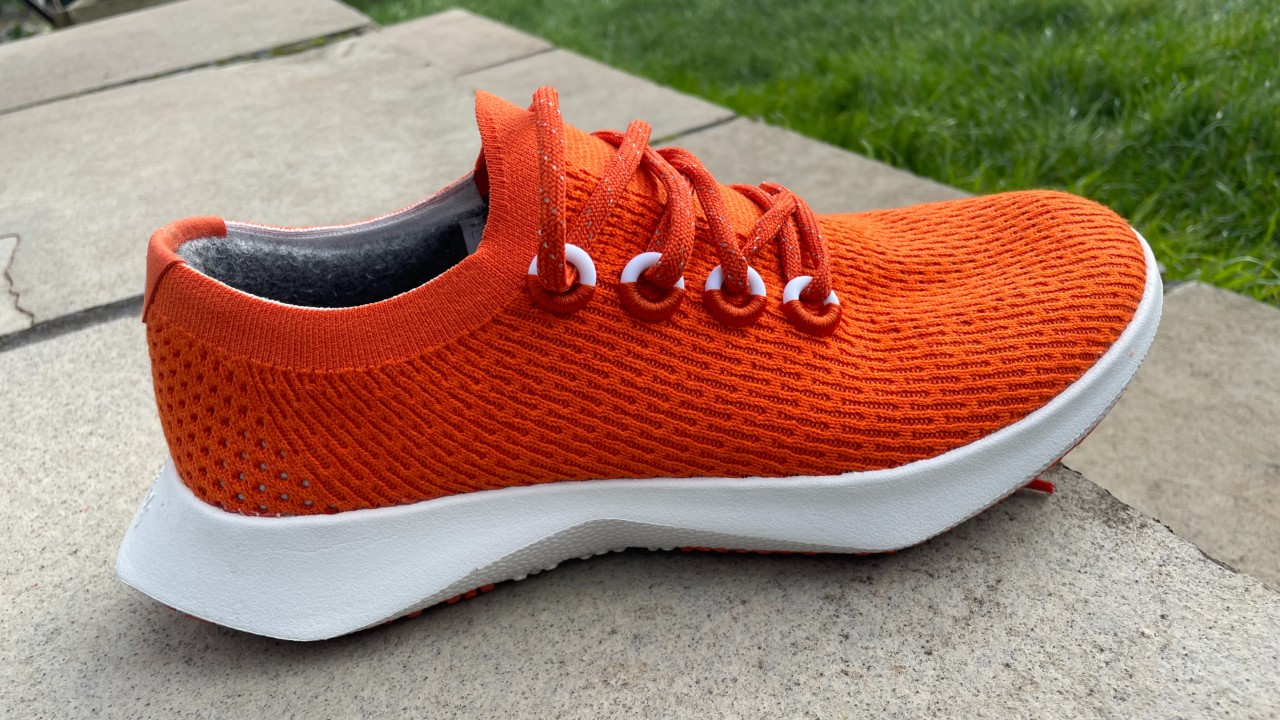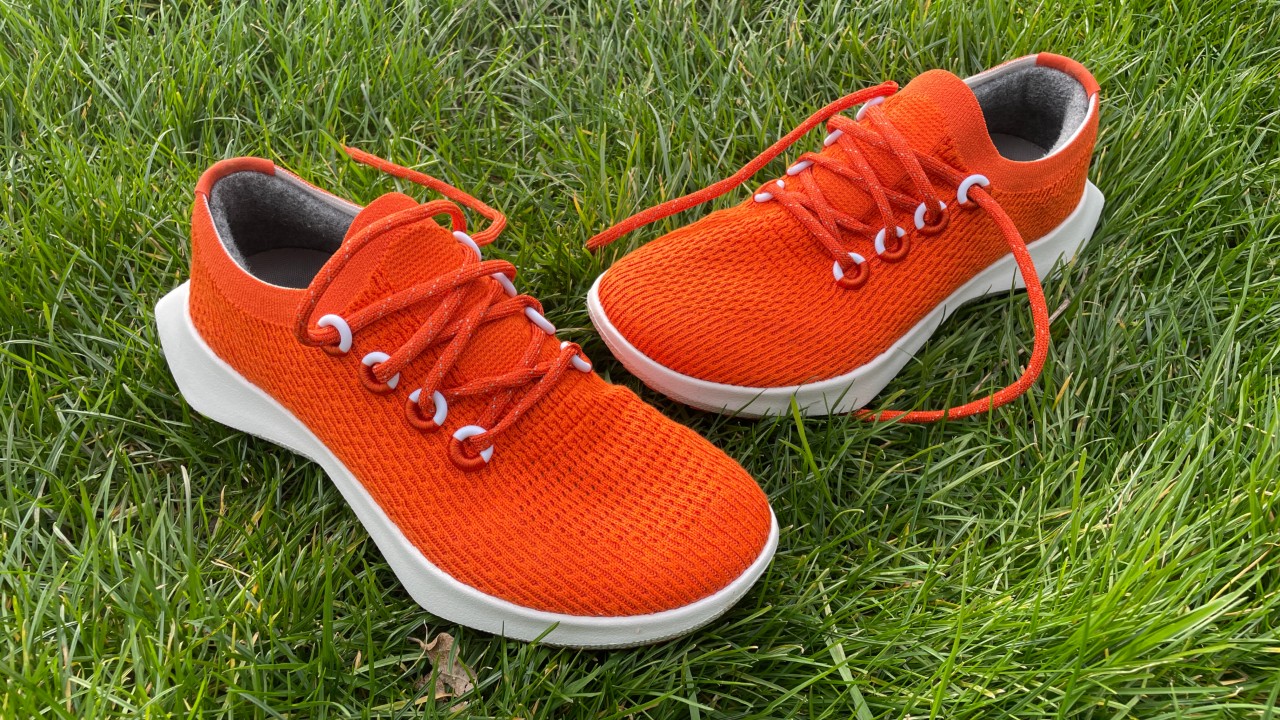Our Verdict
The Allbirds Tree Dasher 2 is not the best running shoe I’ve tested, but it stands up just fine against most cushioned options for easy runs and has the bonus of being more eco-friendly. It’s a shoe anyone who takes their environmental impact seriously should check out.
For
- Green credentials
- Comfortable ride
- Lighter than previous model
Against
- Still fairly heavy
- Might be too firm for some
You can trust Coach
Allbirds made its name selling everyday shoes made from renewable materials, before expanding into running shoes with the original Tree Dasher in 2020. The company’s sustainable credentials are strong: Allbirds uses renewable and recycled materials where possible, and operates as a carbon-neutral business by offsetting its footprint to zero.
Mainstream running brands are doing more to make their shoes more sustainable, with recycled materials used even in high-profile shoes like the Nike Alphafly Nature, while On is about to launch its completely recyclable running shoe called Cyclon. Allbirds has partnered with Adidas to create the Futurecraft Footprint shoe which has a low carbon footprint of 2.94kg CO2e.
The Tree Dasher 2 builds on the strong platform set by the original shoe by reducing the weight slightly, changing the outsole lug pattern to improve traction, and cutting the shoe’s carbon footprint from 11.3kg CO2e per pair to 10.7kg. It’s not the fastest, bounciest or most comfortable shoe you can find, and doesn’t make our list of the best running shoes, but it’s a decent option for casual runners or to use as part of a rotation as your shoe for easy runs.
Allbirds Tree Dasher 2 Review: Price And Availability
The Tree Dasher 2 launched on 22nd February 2022 and costs £125 in the UK and $130 in the USA. That’s a small increase on the original Tree Dasher, which has an RRP of £120, and could be found for as little as £89 just before the launch of the new generation.
Buy men’s from Allbirds UK | Buy women’s from Allbirds UK
Buy men’s from Allbirds US | Buy women’s from Allbirds US
Design And Fit

The one-piece upper of the Tree Dasher 2 is made from TENCEL, a eucalyptus tree fibre knit material that wicks moisture from the foot. The shoe has chunky laces made from recycled plastic bottles that feed through porthole loops. It looks stylish and the knitted upper is a little looser than those I’ve tested from running brands. I have a narrow foot and went half a size down with the Dasher 2 to make sure it was snug enough for me.
Sign up for workout ideas, training advice, reviews of the latest gear and more.
The midsole uses a sugarcane-based EVA foam called SweetFoam. This has been tweaked from the original Tree Dasher to make the shoe lighter. The shoe has a 22.5mm stack height at the heel and 15.5mm at the forefoot, giving it a 7mm drop.
That’s a relatively low stack for a running shoe these days, and the shoe does feel a little firmer underfoot than most of the shoes I test at the moment, even though the insole is very plumply cushioned.
The shoe has a bevelled heel to make for a smoother transition from heel to toe, and the outsole is made from natural rubber, which like the upper is certified by the FSC (Forest Stewardship Council). The lugs are quite pronounced for a road shoe, to the point where it was a little bit skittish on greasy pavements, but it will grip better on light trails as a result.

Running Performance
I logged three runs over the space of a week in the Allbirds Tree Dasher 2. A couple have had to be on the treadmill because of storms and self-isolation, and all three were mostly done at a fairly easy pace, though I did add some strides to the end of two of them. Two of the runs were around 8km and one was 14km.
This kind of base training run is what the Tree Dasher 2 can handle best, and I enjoyed using it. The ride is not soft and bouncy, but it’s not overly firm over shorter distances. I’d prefer something softer for runs over 20km, but many runners will like the stable, firm feel of the shoe for longer distances as well.
The transition from heel to toe was smoother than I expected, and it does feel lighter and nimbler than its chunky appearance and weight (298g in my UK 9) would suggest, even when running strides. It’s not a shoe I’d grab for all-out speedwork, and the weight might start to tell on extended tempo efforts, but it works well for progression runs moving from easy to steady pace.
Is The Allbirds Tree Dasher 2 Worth It?

If you’re a runner who logs a few 5-10km runs a week without worrying too much about pace, the Allbirds Tree Dasher 2 will suit your needs very well. It has a firmer feel than many running shoes, but that’s not necessarily a bad thing – it depends on your preference. I still found it comfortable, and it is more stable than some shoes with very soft midsoles.
It can also work for performance-focused runners who have a shoe rotation. The Tree Dasher 2 can tick off your base training miles comfortably, while leaving faster training, speed sessions and probably longer runs to other shoes.
There are better running shoes out there that offer greater versatility, and some of them are cheaper, like the Puma Velocity Nitro. However, Allbirds’ focus on sustainability and the renewable materials used in the Tree Dasher 2 make it a compelling option for runners who are concerned about their environmental impact, and the performance is good enough that you are not making a huge trade-off on that front to get a less environmentally damaging shoe.

Nick Harris-Fry is a journalist who has been covering health and fitness since 2015. Nick is an avid runner, covering 70-110km a week, which gives him ample opportunity to test a wide range of running shoes and running gear. He is also the chief tester for fitness trackers and running watches, treadmills and exercise bikes, and workout headphones.

